Ouroboros Charm Necklace, Ancient Symbol Talisman, Kundalini Yoga Jewelry
ℹ Details:
🔹 Made of 925 Sterling Silver
🔹 Finish Color: Sterling Silver
🔹 Dimensions: 39 x 21 mm
🔹 Weight: 11.6 gr
Ouroboros Meaning & Symbolism: the Snake Eating Its Tail
The ouroboros or Uroboros is an ancient symbol depicting a serpent or dragon eating its own tail. The ouroboros entered Western tradition via ancient Egyptian iconography and the Greek magical tradition. It was adopted as a symbol in Gnosticism and Hermeticism and most notably in alchemy.
The term derives from Ancient Greek οὐροβόρος from οὐρo oura ‘tail’ plus -βορός -boros ‘-eating’. The Ouroboros is often interpreted as a symbol for eternal cyclic renewal or a cycle of life, death, and rebirth; the snake’s skin-sloughing symbolizes the transmigration of souls. The snake biting its own tail is a fertility symbol in some religions: the tail is a phallic symbol and the mouth is a yonic or womb-like symbol.
Some snakes, such as rat snakes, have been known to consume themselves. One captive snake attempted to consume itself twice, dying in the second attempt. Another wild rat snake was found having swallowed about two-thirds of its body.
Historical representations
Ancient Egypt
One of the earliest known ouroboros motifs is found in the Enigmatic Book of the Netherworld, an ancient Egyptian funerary text in KV62, the tomb of Tutankhamun, in the 14th century BCE. The text concerns the actions of the god Ra and his union with Osiris in the underworld. The Ouroboros is depicted twice on the figure: holding their tails in their mouths, one encircling the head and upper chest, the other surrounding the feet of a large figure, which may represent the unified Ra-Osiris (Osiris born again as Ra). Both serpents are manifestations of the deity Mehen, who in other funerary texts protects Ra in his underworld journey. The whole divine figure represents the beginning and the end of time.
Ouroboros swallowing its tail; based on Moskowitz’s symbol for the constellation Draco.The ouroboros appears elsewhere in Egyptian sources, where, like many Egyptian serpent deities, it represents the formless disorder that surrounds the orderly world and is involved in that world’s periodic renewal. The symbol persisted in Egypt into Roman times, when it frequently appeared on magical talismans, sometimes in combination with other magical emblems. The 4th-century CE Latin commentator Servius was aware of the Egyptian use of the symbol, noting that the image of a snake biting its tail represents the cyclical nature of the year.
China
An early example of an ouroboros (as a purely artistic representation) was discovered in China, on a piece of pottery in the Yellow River basin. The jar belonged to the neolithic Yangshao culture which occupied the area along the basin from 5000-3000 BCE.[13]
Gnosticism and alchemy
In Gnosticism, a serpent biting its tail symbolized eternity and the soul of the World. The Gnostic Pistis Sophia (c. 400 CE) describes the ouroboros as a twelve-part dragon surrounding the world with its tail in its mouth.
The famous ouroboros drawing from the early alchemical text, The Chrysopoeia of Cleopatra (Κλεοπάτρας χρυσοποιία), probably originally dating to the 3rd century Alexandria, but first known in a 10th-century copy, encloses the words hen to pan (ἓν τὸ πᾶν), “the all is one”. Its black and white halves may perhaps represent a Gnostic duality of existence, analogous to the Taoist yin and yang symbol. The chrysopoeia ouroboros of Cleopatra the Alchemist is one of the oldest images of the ouroboros to be linked with the legendary opus of the alchemists, the philosopher’s stone.
A 15th-century alchemical manuscript, The Aurora Consurgens, features the ouroboros, which it is used among symbols of the sun, moon, and mercury.
World serpent in mythology
In Norse mythology, the ouroboros appears as the serpent Jörmungandr, one of the three children of Loki and Angrboda, which grew so large that it could encircle the world and grasp its tail in its teeth. In the legends of Ragnar Lodbrok, such as Ragnarssona þáttr, the Geatish king Herraud gives a small lindworm as a gift to his daughter Þóra Town-Hart after which it grows into a large serpent which encircles the girl’s bower and bites itself in the tail. The serpent is slain by Ragnar Lodbrok who marries Þóra. Ragnar later has a son with another woman named Kráka and this son is born with the image of a white snake in one eye. This snake encircled the iris and bit itself in the tail, and the son was named Sigurd Snake-in-the-Eye.
It is a common belief among indigenous people of the tropical lowlands of South America that waters at the edge of the world-disc are encircled by a snake, often an anaconda, biting its own tail.
The Ouroboros has certain features in common with the Biblical Leviathan. According to the Zohar, the Leviathan is a singular creature with no mate, “its tail is placed in its mouth”, while Rashi on Baba Batra 74b describes it as “twisting around and encompassing the entire world”. The identification appears to go back as far as the poems of Kalir in the 6th-7th centuries.
Connection to Indian thought
In the Aitareya Brahmana, a Vedic text of the early 1st millennium BCE, the nature of the Vedic rituals is compared to “a snake biting its own tail.
Ouroboros symbolism has been used to describe the Kundalini. According to the medieval Yoga-kundalini Upanishad: “The divine power, Kundalini, shines like the stem of a young lotus; like a snake, coiled round upon herself she holds her tail in her mouth and lies resting half asleep as the base of the body”
Storl (2004) also refers to the ouroboros image in reference to the “cycle of samsara”.
Jungian psychology
Swiss psychiatrist Carl Jung saw the ouroboros as an archetype and the basic mandala of alchemy. Jung also defined the relationship of the ouroboros to alchemy :
The alchemists, who in their own way knew more about the nature of the individuation process than we moderns do, expressed this paradox through the symbol of the Ouroboros, the snake that eats its own tail. The Ouroboros has been said to have a meaning of infinity or wholeness. In the age-old image of the Ouroboros lies the thought of devouring oneself and turning oneself into a circulatory process, for it was clear to the more astute alchemists that the prima materia of the art was the man himself. The Ouroboros is a dramatic symbol for the integration and assimilation of the opposite, i.e. of the shadow. This ‘feedback’ process is at the same time a symbol of immortality since it is said of the Ouroboros that he slays himself and brings himself to life, fertilizes himself, and gives birth to himself. He symbolizes the One, who proceeds from the clash of opposites, and he, therefore, constitutes the secret of the prima materia which … unquestionably stems from man’s unconscious.
Known as the oldest allegorical symbol in alchemy, the ouroboros represented the concept of eternity and endless return.
⏺CARE GUIDE
❌Avoid contact with perfumes, lotions, water, and other chemicals.
**Please remove before:
❌Exercising, at the gym, or playing contact sports
❌Having a Shower
❌Swimming, hot tubs, or saunas
❌Very hot places (such as when lying out at the beach or pool)
❌Store separately, in a cool, air-tied dry place.
✈ SHIPPING and HANDLING 🎁
Order will be ready for shipping in 5-7 business days and tracking info will be provided. All orders ship out via FedEx Express service and the estimated delivery dates are:
* US & Canada : 3-5 business days
* Europe: 1-3 business days
* Oceania: 2-5 business days
* Worldwide: 7-10business days
Please Note ❗
Import duties, taxes, and charges are not included in the item price or shipping cost. These charges are the buyer’s responsibility.
Please check with your country’s customs office to determine your additional costs before buying.
HAVE QUESTIONS ❓
If you have any additional questions about this ring, just hit the “Ask a Question” button and we will get back to you in a few hours.
✔ CHECK and ADD to FAVORITES ➕
Please add our store to your favorite shops to get notifications on new units and special offers!!
https://www.etsy.com/shop/MiujizabyLeyla

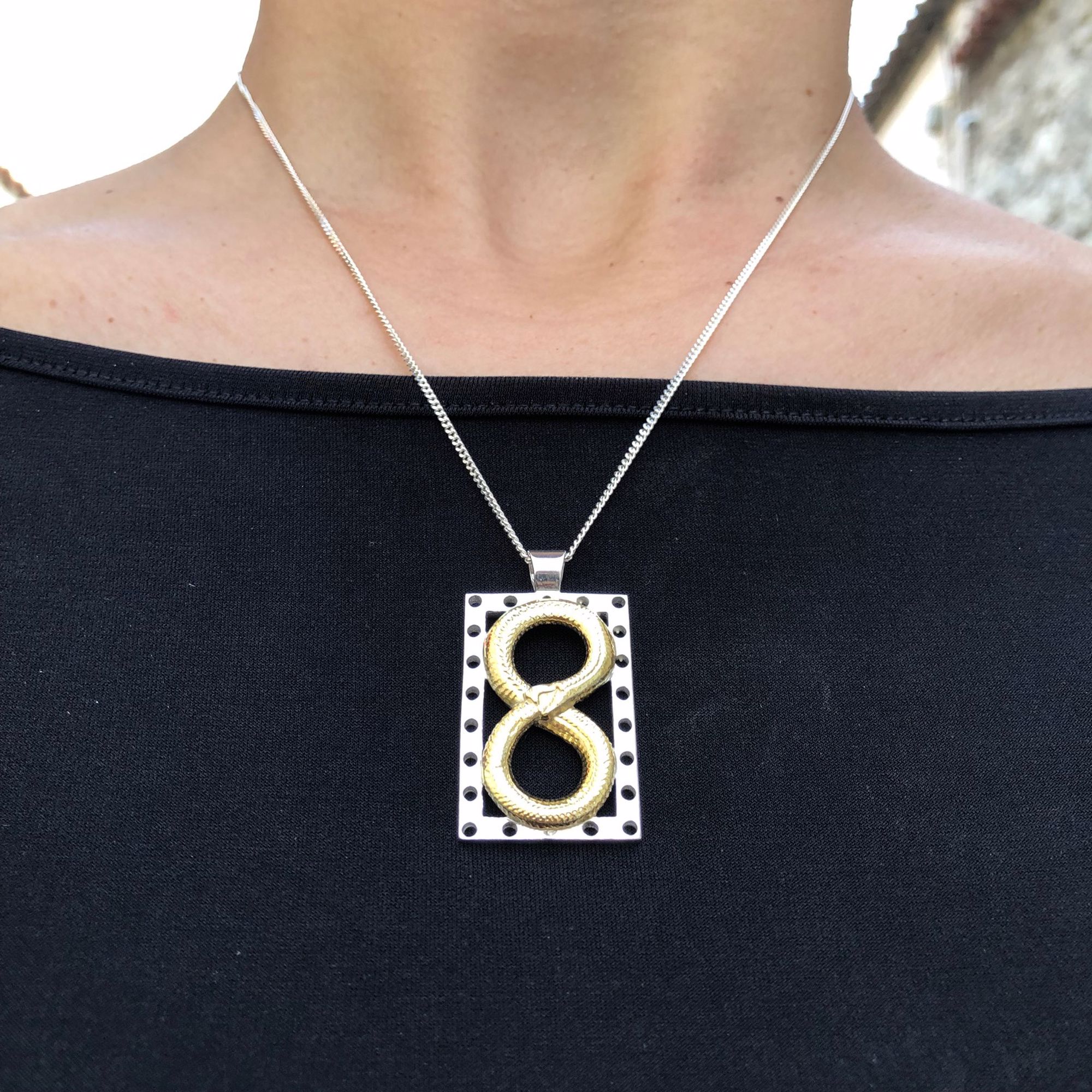
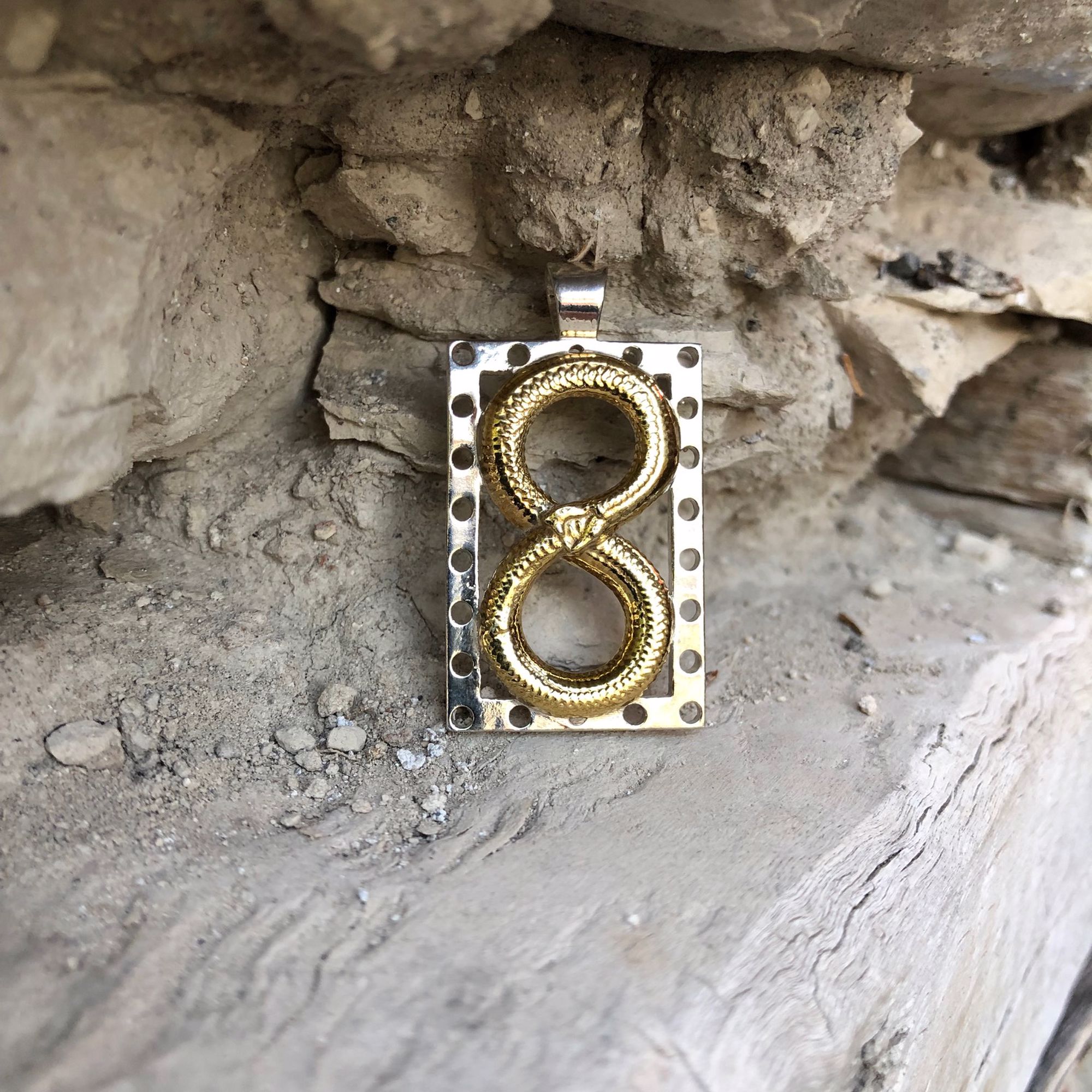
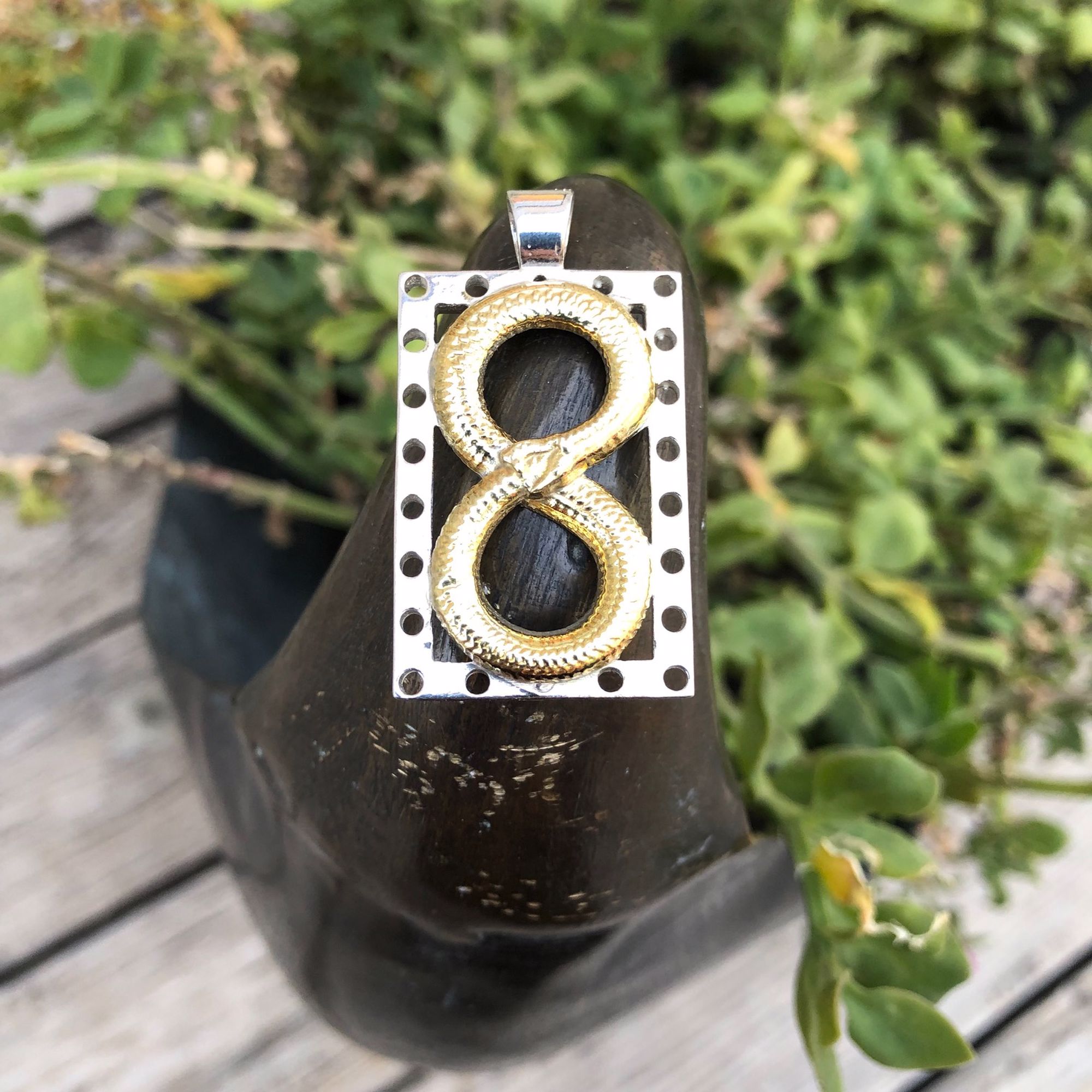
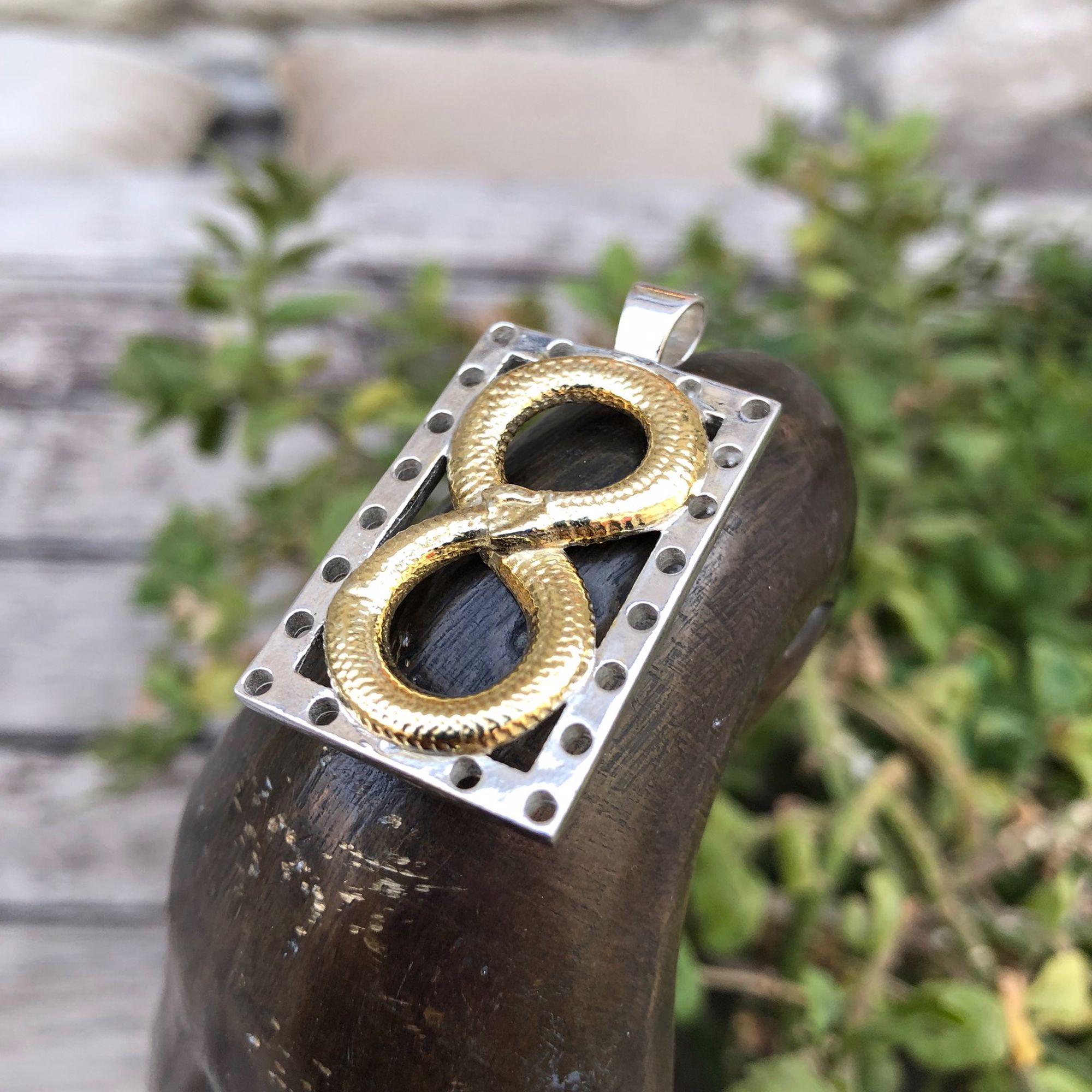
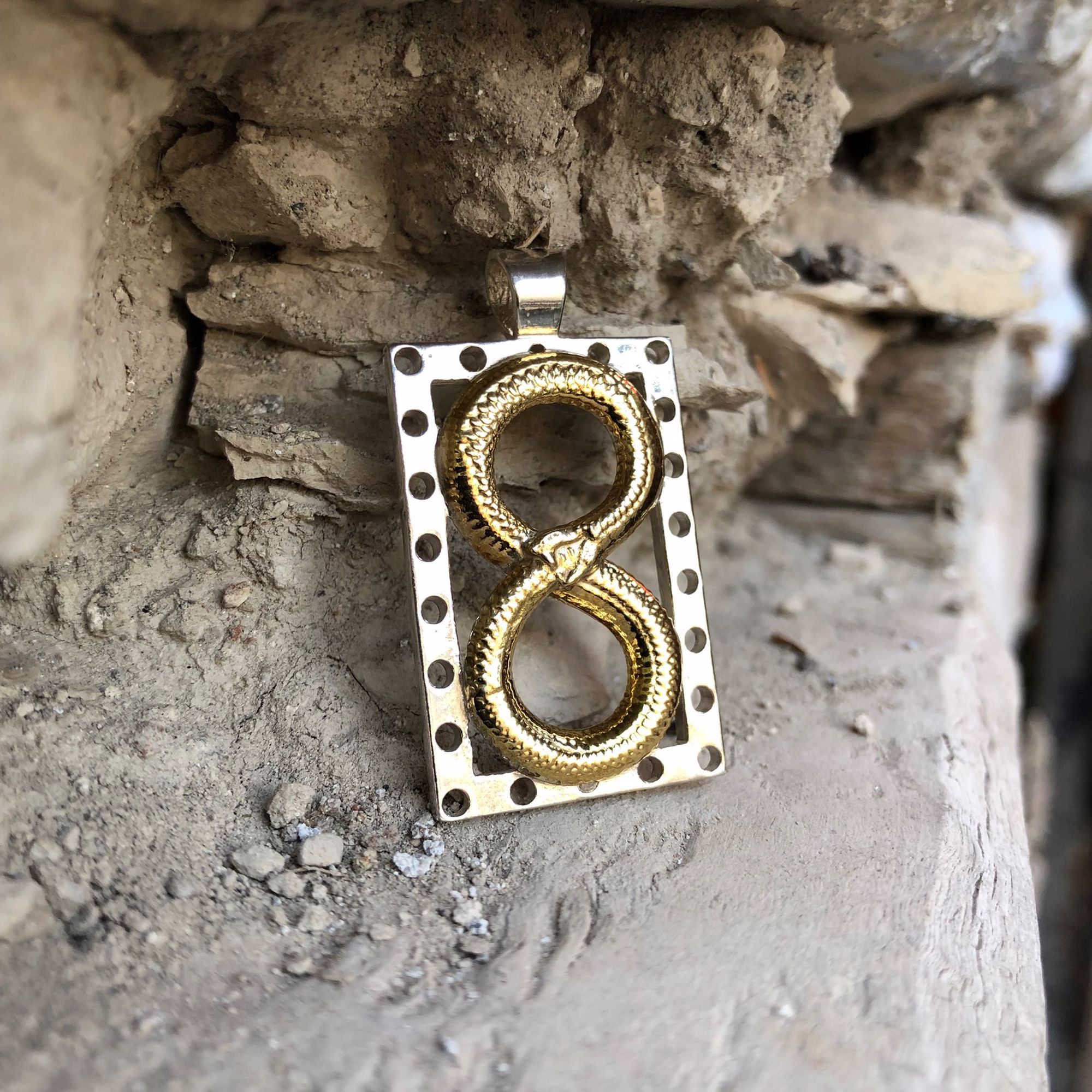
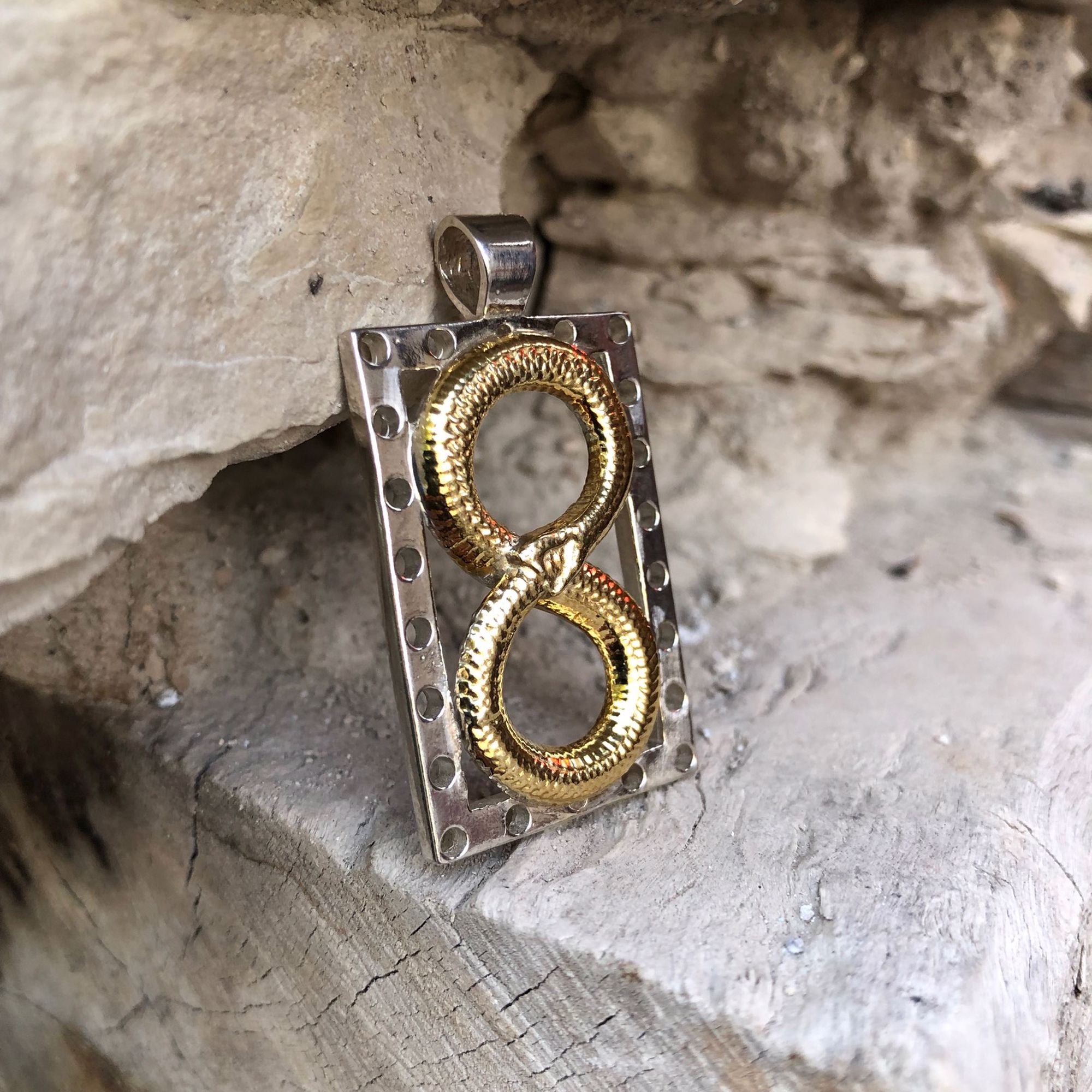
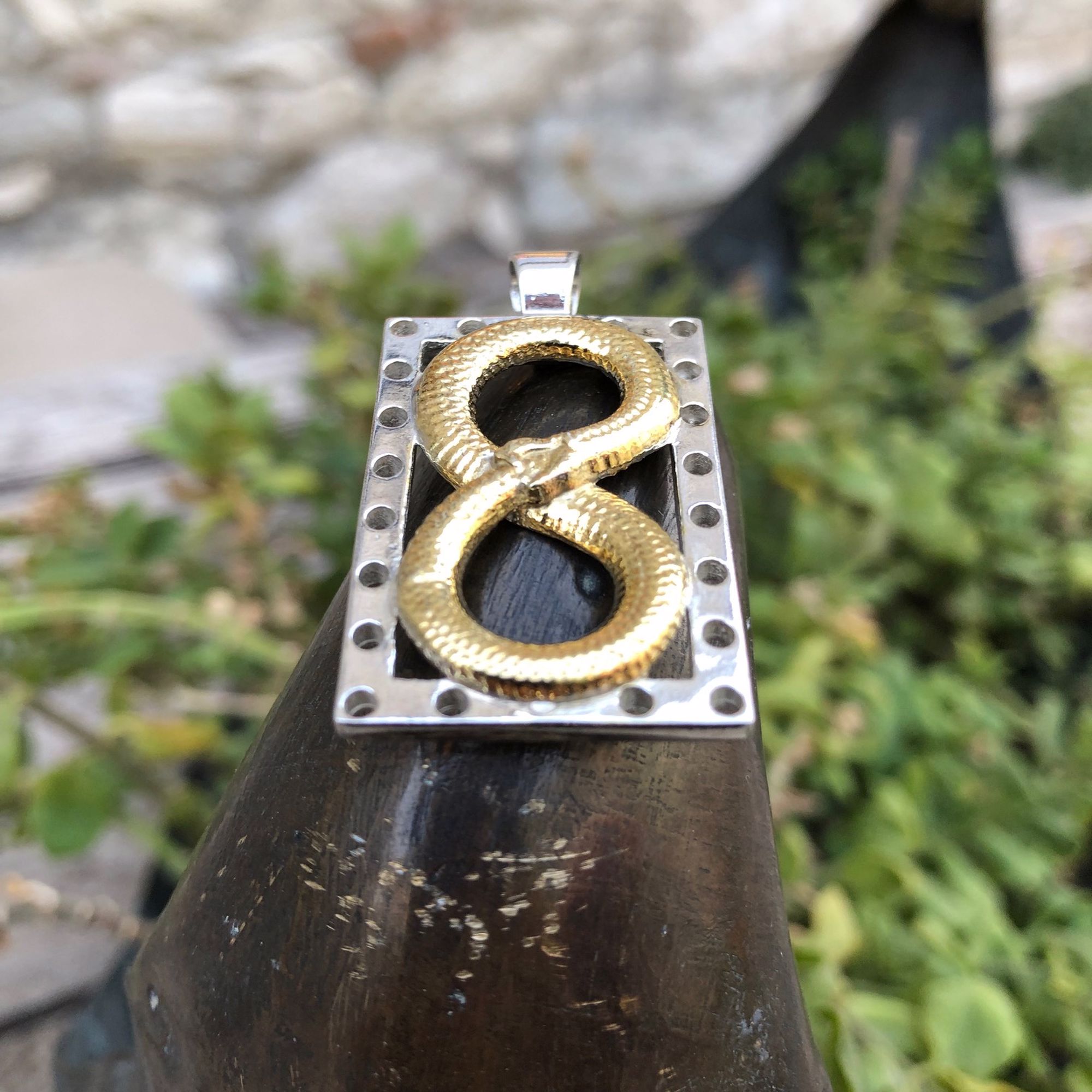
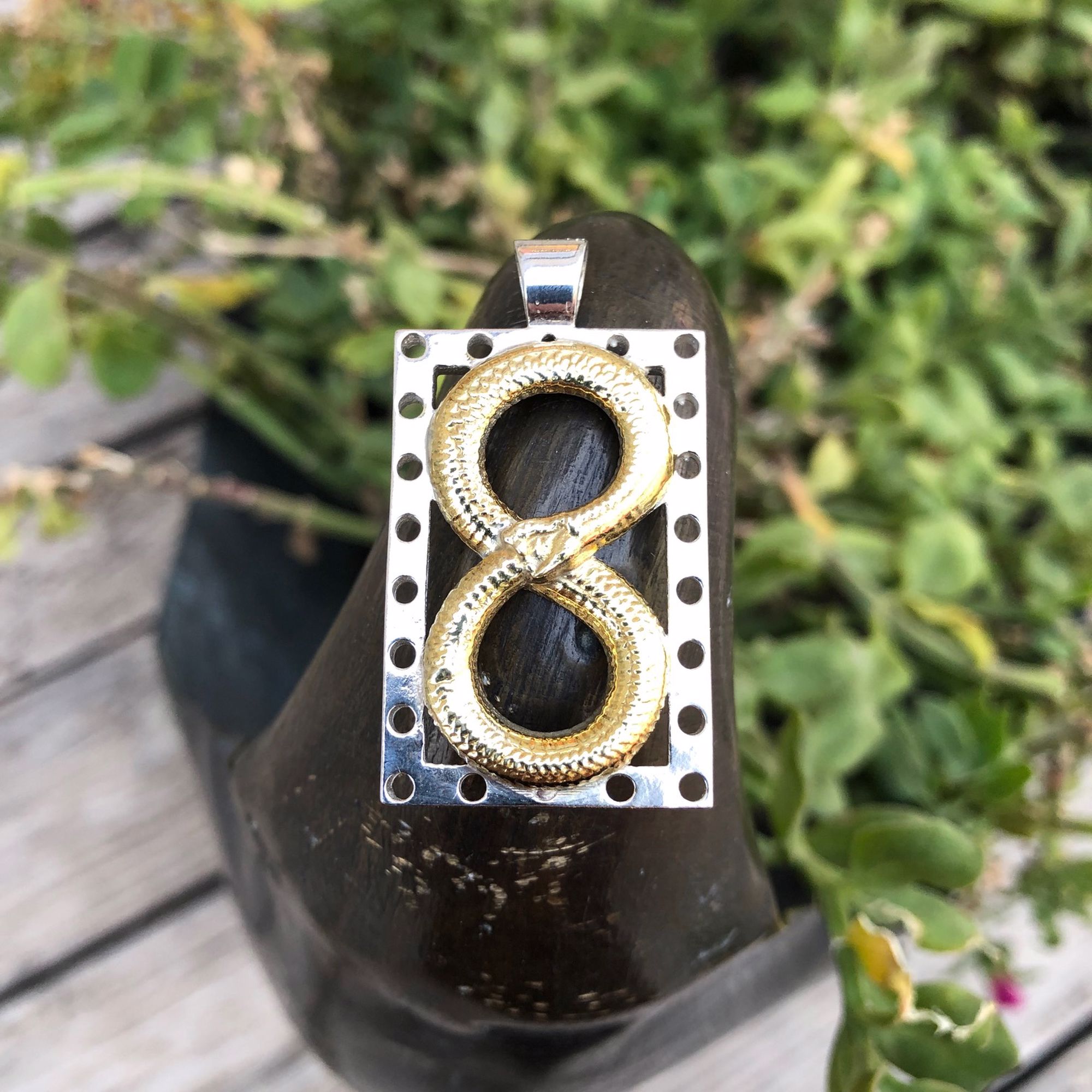
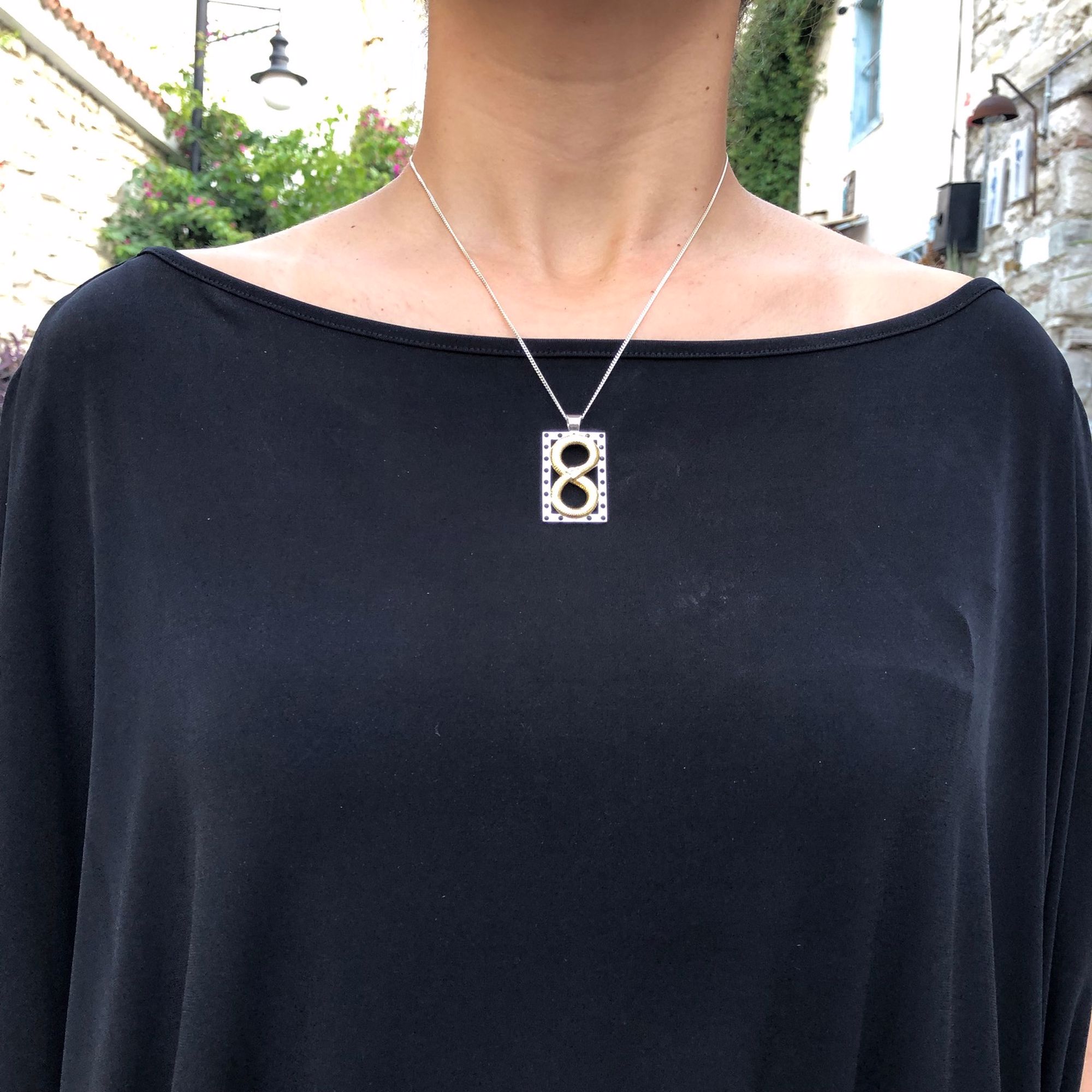
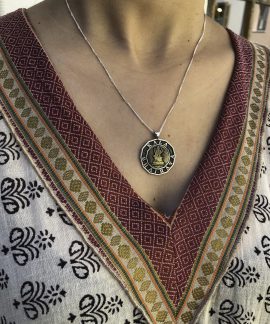
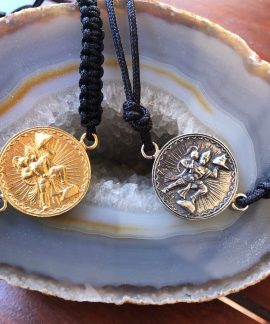
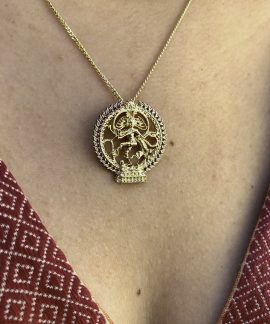
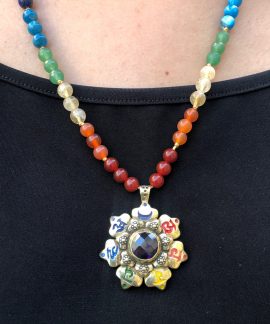
Reviews
There are no reviews yet.